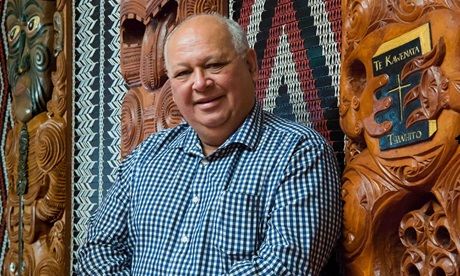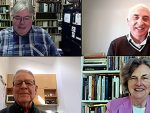What being deemed earthquake-prone means to Wellington’s Catholic marae is a question owners, trustees, occupants and visitors want answered.
Trustees say there’s a lack of clarity about the marae building’s earthquake-prone status.
Processes and priorities vary throughout the country it seems, with various councils managing engineering inspections and subsequent instructions differently.
Under the earthquake-prone building regulations of 2017, a building is considered earthquake-prone if it falls below 34 percent of the New Building Standard.
Confusion at marae
The Wellington archdiocese commissioned two engineering assessments for Te Kainga Catholic Marae.
Both found the 1950s-built former RSA building fell below the New Building Standard.
Given the building’s earthquake-prone status, the trustees were confused to find Te Kainga was not listed on the national earthquake-prone building register.
Nor was it required to display a warning notice to visitors.
Boy Thompson, chair of the Te Kainga Catholic Marae, says that despite this the trustees decided to limit use of the marae and stopped overnight stays.
“That was a decision that we made because we couldn’t handle it if someone got tragically hurt in the building under our watch.”
A Wellington City Council spokesperson says the Catholic marae does not fall within the scope of buildings they assess under the regulations.
That is why it isn’t on the earthquake-prone building register and the reason trustees haven’t been asked to display warning notices to visitors.
“But if an owner identifies their building as less than 34 percent, they can provide the assessment information to council and we will issue an earthquake-prone building notice in line with the legislation” the Council spokesperson says.
Multiple approaches
Councils across the country are approaching the task of identifying potentially earthquake-prone buildings differently, particularly marae.
Structural engineer Massey University professor Regan Potangaroa (pictured) is concerned at the ad hoc approach many Councils are taking to marae safety inspections.
In his view this approach doesn’t work, as it is not giving iwi the confidence and certainty they need that their marae buildings are safe.
There is also a range of choices – with their own pros and cons – which trustees and building owners must consider.
One possible advantage is that marae buildings often have a uniformity which could save a lot of time and expense, he notes.
“For most traditionally-built marae, the building typology is effectively the same.”
The work needed at the Catholic marae will need careful thinking through, he says.
The choices sound like a tug-of-war with well-matched sides.
“At Te Kainga marae we’re talking about taking out the brick infill walls because it’s those heavy materials that are driving the earthquake load” the professor says.
“But if we replace those walls with timber, we quickly raise the earthquake rating of the building.”
Source
Additional readingNews category: New Zealand, Top Story.




